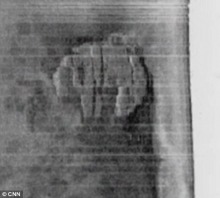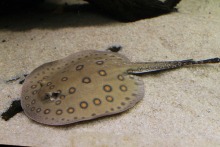So here’s one for well after dinnertime: corpse medicine. Yes, in our less educated and far-more violence-tolerant past, we often used body parts as a salve or remedy for every kind of affliction one could imagine. Almost all of these ancient cures were pure superstition (i.e. desperation), but people no doubt believed in them because they were, suffice it to say, plentiful. Our past is full of violence and depravation (there were some good things too), and a human body, even a long dead one, was often not very hard to come by.
Mummies in Egypt are as archetypal to our thinking of that area of the world as castles and Europe, samurais in Japan, or overalls and America. According to io9, from the 12th century to the 17th century, mummy powder was considered a valuable remedy for everything from stomach ulcers and headaches. Plaster casts of ground up ancient Egyptian were thought to cure skin ailments and broken bones. They were even given to sick hawks, which were popular for hunting in the Middle Ages.
Also hailing from the ancient times, ancient Rome to be exact, were the restorative powers of gladiator blood. Widely considered a cure for epilepsy, blood and liver would be harvested from fallen gladiators, and would even be administered directly from the fallen warrior’s arm. In fact, the gore was even sold at stands outside the coloseums directly after a fatal fight.












